News
The opening days of the 32nd International Festival of Children's Theaters Subotica
Back to...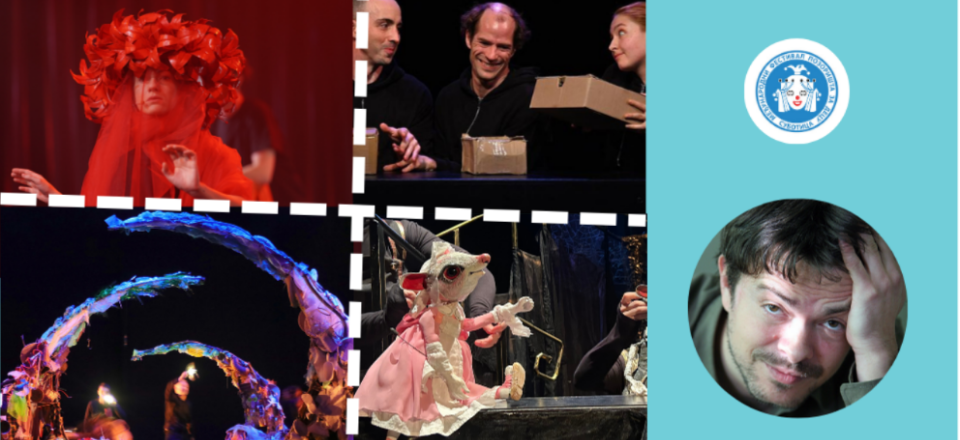
As soon as the marching band started playing, hands came together in a rhythmic clapping. The opening announcement and a new play – yet another Festival of Children's Theatres – Subotica is upon us all!
The Polish people are renowned for their traditional theatre. Many Poles have previously won awards at the Subotica festival, so now the audience and theatre experts had the opportunity to evaluate and enjoy the theatrical performance of the Pinocchio theatre of Łódź.
Adam Mickiewicz is a famous Polish figure. Almost every European culture has a 19th century romantic poet who had awakened the nation’s dreams – nowadays better known as nationhood (a political term more problematic than ever). In Poland, many facts regarding this poet, essayist and a political activist are probably a widespread knowledge, but the play Ballads and Romances (based on Mickiewicz’s first collection of poems) – if encyclopedic volumes are to be believed – leaves a lot to be desired concerning Mickiewicsz’s viewpoints. It seems that director Gabriel Gietzky focused primarily on his play’s structure, rendering Mickiewicz's ballads in the style of rap/pop songs with a typical theatrical choreography and visuals. In short, the play seemed to be more about entertainment than a serious artistic treatment of themes such as wars, passion-murders, boys and their fathers going wife-hunting or folk poets celebrating the history of Polish countryside. Perhaps this is the author's contemporary commentary on the seriousness of romantic enthusiasm.
In adapting the source material, another aspect of the play is brought closer to the audience: they can choose the order of the songs themselves. Apart from the number, the audience is given no other insight, so the whole thing is basically a wild guess - which is clearly reflected in the play’s structure.
Note: only if the play is viewed multiple times can we truly speak about the effect of this gimmick which – if truly authentic – has a much greater impact on the actors than on the audience. Music, the backbone of this play (composed by Mihalj Zdržalek) – although diverse in terms of genre and mood - remains synthetic and rather flat, two-dimensional in its production/arrangements. Its only distinctive feature is the performers’ voices and their tone.
The Barrell, a play staged by the Children's Theatre of Republika Srpska is based on an Isidora Sekulić story. It was adapted for stage by Tijana Grumić and directed by Sonja Petrović. The plot follows a curious (and somewhat mischievous) little girl who tends to ask too many questions (typical for children aged 5 to 7). With her almost borderline mocking gestures and talk, actress Dragana Ilić brings this charming girl to life perfectly. From a dramatic viewpoint, her feelings of longing for a lost mother are skilfully presented via her curiosity and playing with an old yard barrel she uses to set-off on a journey around the world.
Complemented by the impressive performances by the rest of the ensemble, Nenad Kojić's music sets the play’s tone, incorporating elements of the cultures the girl encounters, primarily African and South American. Irina Somborac's set and puppet designs make the play’s universe even more captivating and beautiful. Three horns, three wave crests, three semicircular shapes that form several different spaces – and even a portal to another dimension – the emotional world of Isidora Sekulić and play’s authors is made of accumulated material, as if recycled memories and household objects came to life. The puppets made of scraps, baskets and other everyday objects appear realistic and - at the same time - quite entertaining. However, the essence lies in the way the play treats the themes of loss, emotional pain and the experience of loved one’s death. Through the culture of ritual, music, spiritual journey – and even theatre – we can retain a connection with elusive worlds.
Their Unparalleled Majesties’ Grand Royal Tabletop Theatre Company arrived to Subotica from Switzerland, although in conversation with them it becomes clear that they all originate from different parts of the world. They occasionally get together to perform Boxlife. Upon watching the play, I feel as they have certainly managed to extract life from the box.
This play comes with two warnings: it contains themes of death and self-harm. These warnings have a dual function. They play an ethical role and they intrigue the audience's attention - even when it repulses them as is the case with most who perceive theatre as entertainment.
The ethical role would be: theatre is obligated to address socially relevant issues. When it comes to the youngest population, statistics are relentless in showing that they are most often affected by death and self-harm, in the sense that they have no other appropriate responses to various demands and pressures.
The other role is also legitimate. To attract the audience's attention with a warning that, in line with contemporary sensationalist tendencies, would - in the worst case - exploit one of the powerful themes in the domain of violence. Boxlife and its authors Matilda Fatur, Nikolas Stocker and Nikolas Strubbe do not exploit anything, only showing what life is like. Boring - if you stay still and don’t start communicating with others, that is.
Stage-wise, the play is non-verbal. All is conveyed through outstanding movement that was obviously practiced for a long time, for each sequence. The light that appears as the actors makes a hand gesture - as if opening a door - is just a tiny example of their great skill in using their fingers and bodies to transform an ordinary table and chairs, a few boxes, into the magic of the entire theatrical world.
I Wish to Be Normal (written by Teodora Popova, directed by Todor Valov) is a production of the Subotica Children's Theatre. Surely, each of us has been told, at least a few times, that we are not normal or that something is not normal. This is a very important question: what is normality? In a play that expresses the desire for normality, it is excellent that things are presented somewhat differently.
Rudolf is a bat who wishes to become normal – which, to him, means becoming an ordinary field mouse who he perceives as familiar to humans and living inside a home. At the time, he resides near the Klara the Witch who will grant his wish - although warning him that he is about to witness a lot. From the very start, I Wish to Be Normal presents itself as a very unusual, "abnormal" play. Skeletons, witches, bats, rats - everything is black but humorous. The comedic vibes are perfectly woven into the interaction between the actors and puppets, even when they are only wearing masks or bringing other puppets to life (often the size of the performers themselves). Skeletons and scary items are one of the favorite tools, but also an indication that there is nothing to be afraid of - except for the trap called normality.
Igor Burić
Back to...-
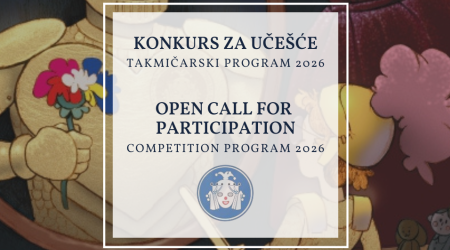 05 november 2025
05 november 2025Open call for participation in the competition programme of the 33rd Festival
-
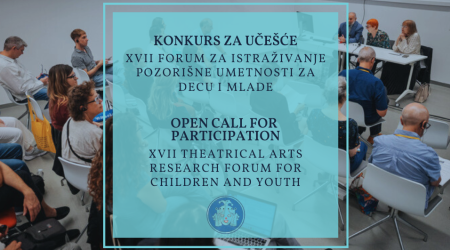 31 october 2025
31 october 2025Call for Proposals of Participants for 17th Theater Art Research Forum for Children and Youth
-
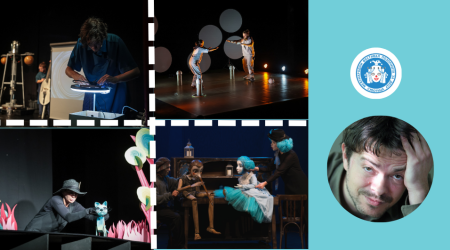 30 september 2025
30 september 2025Outstanding Finale оf the 32nd International Festival of Children’s Theatres Subotica
-
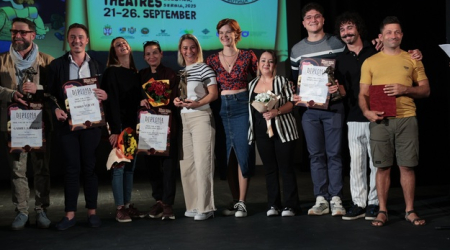 26 september 2025
26 september 2025Boxlife announced the best performance of the 32nd International Festival of Children's Theatres - Subotica









